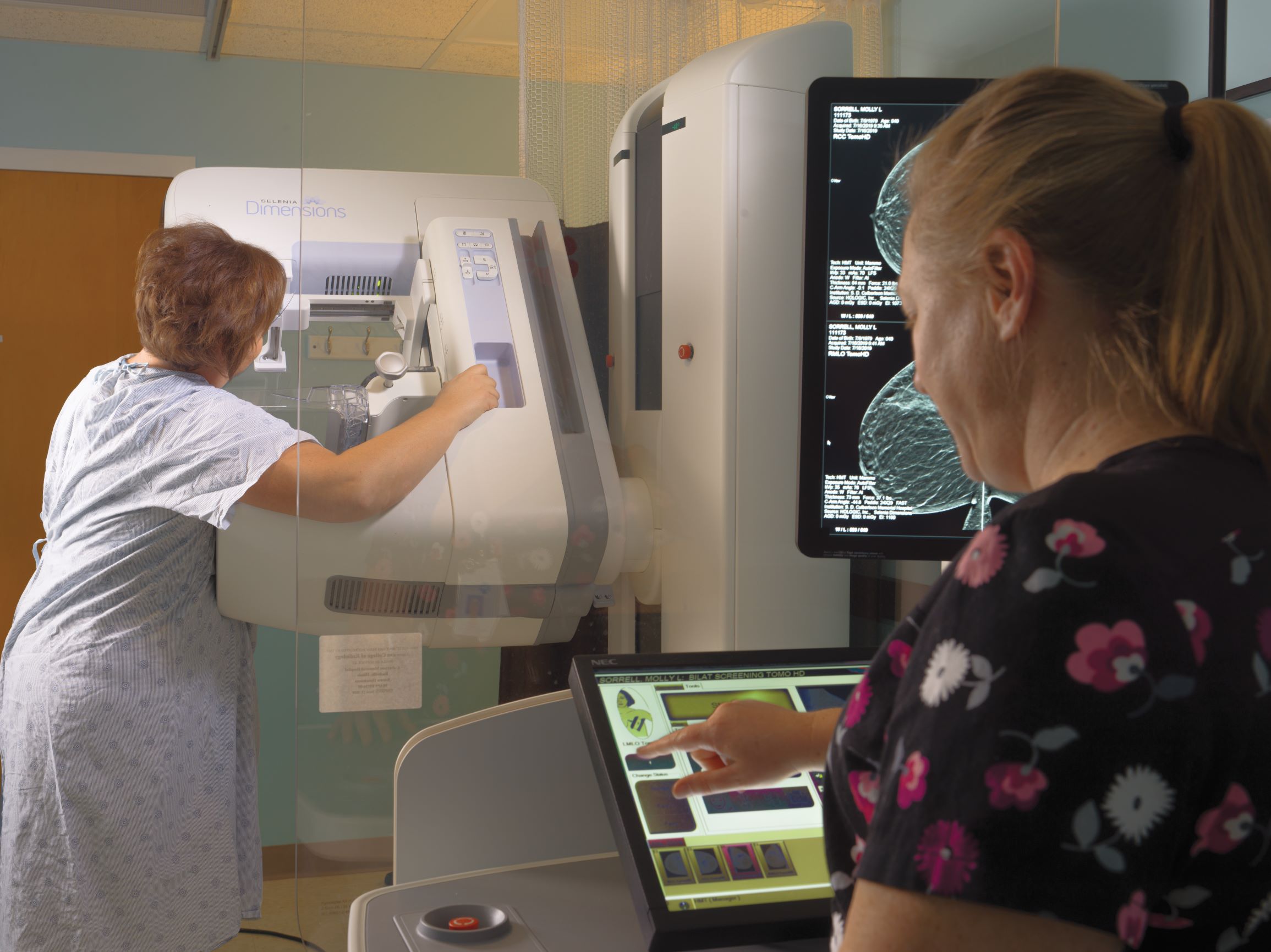How Early Detection & Imaging Saves Lives: Breast Cancer Awareness Month
October is Breast Cancer Awareness Month. Breast cancer is the second most common form of cancer found in U.S. women and understanding possible symptoms, warning signs, and scheduling routine imaging appointments make all the difference.
Who’s at risk for breast cancer?
Women and men could be at risk for developing breast cancer. Regular mammograms and yearly physical exams are key to preventing advanced stages of malignant tumors from damaging healthy tissues or growing uncontrollably (metastasizing) to other areas of the body.
For men, if you are experiencing symptoms of breast cancer (indicated below), schedule a consultation with your physician to learn more about options.
What are some signs & symptoms associated with breast cancer?
Different cancers have different risk factors; and one particular risk factor does not guarantee if you will or will not develop the disease. According to the American Cancer Society, women should be aware of these symptoms when doing self-exams:
- Swelling of all or part of a breast—even if no distinct lump is felt
- Skin irritation or dimpling (resembling an orange peel)
- Pain in breast or nipple
- Nipple retraction (nipple turning inward)
- Redness, scaliness, or thickening of the nipple or breast skin
- Any nipple discharge (other than breast milk)
What tests help detect breast cancer early?
There are several tests used by doctors in a breast cancer screening, which can include self-exams, physical exams, mammograms, breast ultrasounds, or breast MRIs.
Self-exams are a great way to become familiar with your breasts. Knowing how your normal breast tissue feels will help identify any potential abnormalities down the road. If you feel anything out of the ordinary, schedule an appointment with your healthcare provider.
3-D Mammography at Culbertson Memorial Hospital is a revolutionary new screening and diagnostic breast imaging tool to improve the early detection of breast cancer. An x-ray arm sweeps over the breast, taking multiple images in seconds. Our highly experienced radiology team delivers quality interpretations to report back to physicians and their patients.
Ultrasound utilizes high-frequency sound waves to obtain images from inside the body without harming the body with ionizing radiation.
What can I expect from my imaging appointment at Culbertson Memorial Hospital?
Culbertson offers a full range of high-quality services to better serve the needs of our patients. Our mammography department is an FDA/IEMA and ACR certified facility. Culbertson employs three registered technologists with many years of experience in breast imaging. All mammograms are interpreted by board-certified radiologists who specialize in breast imaging, so you receive the appropriate treatment as directed by your physician.
We are so proud of our new equipment and the new beautiful mammogram suite we now offer our patients.

